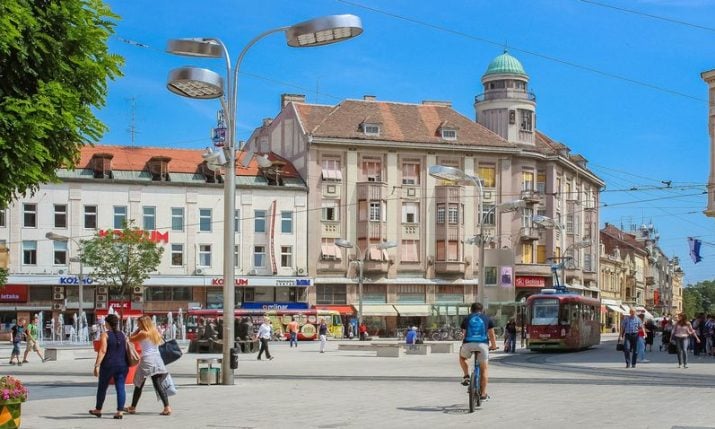by croatiaweek
November 12, 2025
in

Osijek (Photo: Roko Poljak /CC BY-SA 4.0)
According to the latest Eurostat data, Croatian households now enjoy greater purchasing power than those in most of the so-called “new” EU member states, and have overtaken Greece and Portugal, both long-time members of the Union.
Across Europe, households have endured a prolonged cost-of-living crisis, worsened by the war in Ukraine and post-pandemic supply shocks.
While inflation has eased, many consumers remain cautious. Yet Croatia has managed to strengthen its position within the EU, driven by rising wages and resilient domestic consumption, Tportal writes.
The key indicator of living standards, the median equivalent net income, represents what an average household actually has available for spending and saving after taxes.
In 2024, the median across EU member states stood at €21,582. Croatia’s figure was €12,344, equal to 57.2% of the European average and among the highest in Southern and Eastern Europe.
Croatian households now earn roughly 45% more than those in Hungary and double the income of the average Serbian household.
When incomes are adjusted for purchasing power (PPS), which reflects how much goods and services money can actually buy, Croatia performs even better.
With €16,277 PPS per person, Croatia reaches 76.6% of the European average—ranking 21st among 34 countries surveyed. This places it alongside Estonia and Lithuania and ahead of Greece and Portugal.
Real wage growth has also been a standout success. In early 2025, Croatia recorded the fastest real wage increase in Central and Eastern Europe, up 7.6% year-on-year, with an average gross salary of €1,968. Only Slovenia (€2,464) and Poland (€2,076) ranked higher.
Croatia also boasts the region’s third-highest minimum wage at €970.
